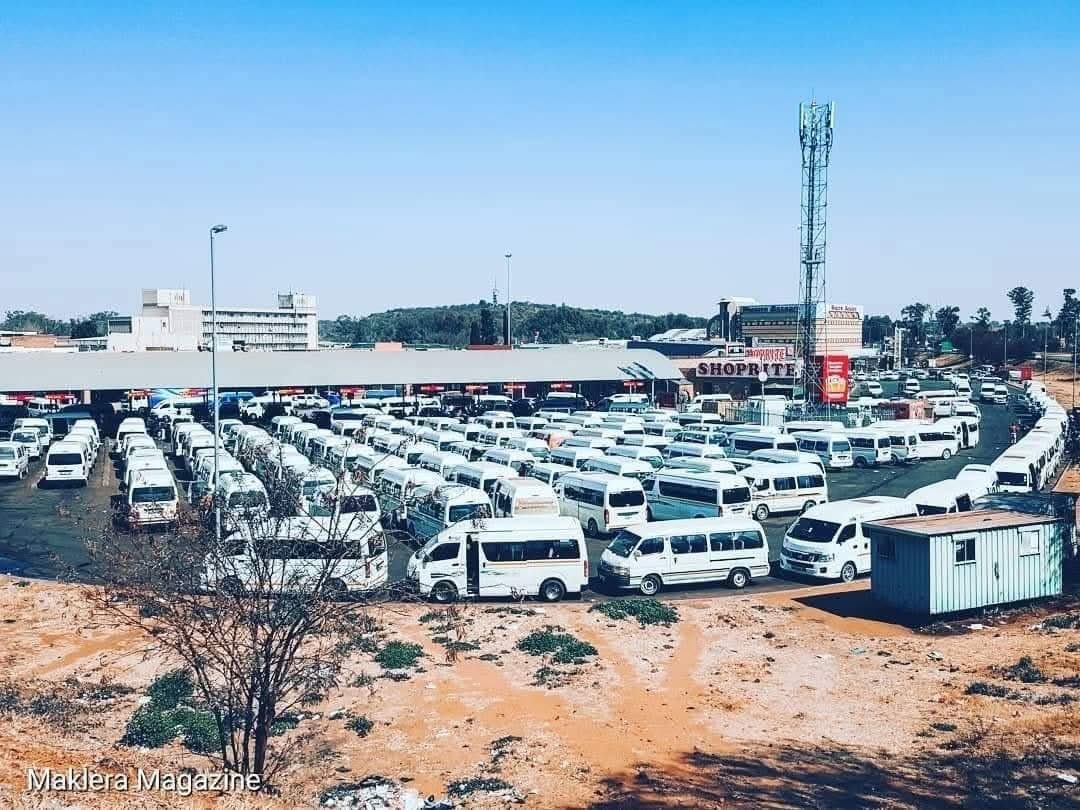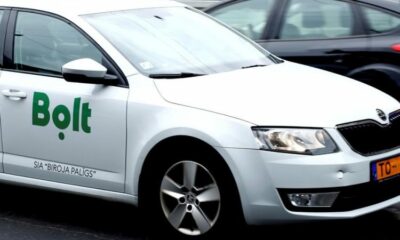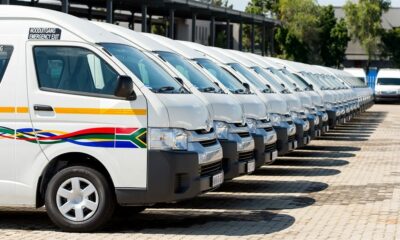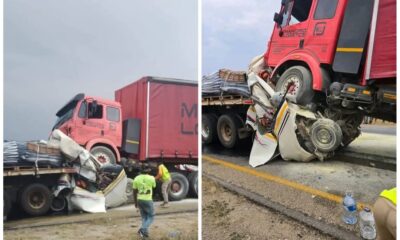Business
New law set to change how Uber and Bolt operate in South Africa

Big changes coming for Uber and Bolt in South Africa
Uber and Bolt drivers are set for major changes later this year as South Africa moves to tighten regulations on the e-hailing sector. The new law follows growing tensions between traditional taxi operators and e-hailing drivers, and fresh concerns about commuter safety.
Protests spark urgency
The turning point came in Soweto when a 27-year-old Uber driver, Mthokozisi Mvelase, was killed outside Maponya Mall. The incident, linked to ongoing conflict between e-hailing drivers and taxi operators, left another driver and a passenger injured. The tragedy pushed communities to demand government action, with protesters calling for the closure of a taxi rank at the mall.
What the new law means
Environment Minister Barbara Creecy confirmed that the National Land Transport Amendment Act (NLTA) will come into effect in October. Once gazetted, it will limit how e-hailing drivers operate across the country.
Key requirements include:
-
Each e-hailing car must display clear branding or signage.
-
Every vehicle must hold an operating licence tied to a specific area.
-
Drivers will need professional permits and undergo criminal record checks.
-
Panic buttons will be fitted to cars to improve passenger safety.
-
Drivers’ in-app profiles must include updated photos for verification.
Creecy argued the law will prevent oversupply in areas where the number of operators already exceeds commuter demand.
Safety at the center
Women’s safety remains a key driver of the reforms. Over the past few years, passengers have reported hijackings, assaults, kidnappings, and harassment linked to e-hailing rides. Panic buttons and vetting systems are being introduced to restore public trust in these services.
Taxi industry weighs in
The South African National Taxi Council (Santaco) has welcomed regulation but criticised delays. The body says unregulated operations have led to congestion, unsafe working conditions, and rising violence.
“Santaco is deeply concerned about the continued illegality and lack of regulation in the e-hailing services sector,” the council said. “This has created an environment where many drivers operate without permits.”
What commuters should expect
For everyday riders, the changes mean safer rides with verified drivers and cars that are easy to identify. For drivers, the law introduces stricter controls that may reduce flexibility but could help prevent clashes with the taxi industry.
The rollout of these rules marks one of the biggest shifts in South Africa’s e-hailing sector since Uber and Bolt entered the market a decade ago. Whether it will ease tensions with taxi operators and improve passenger safety will be closely watched in the months ahead.
{Source: TheCitizen}
Follow Joburg ETC on Facebook, Twitter , TikTok and Instagram
For more News in Johannesburg, visit joburgetc.com



























